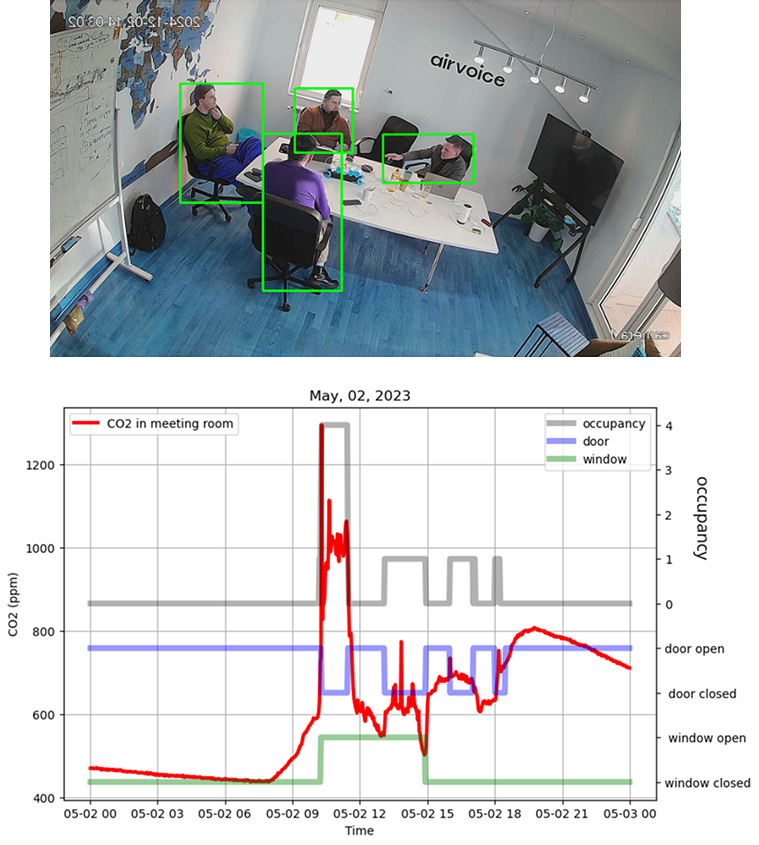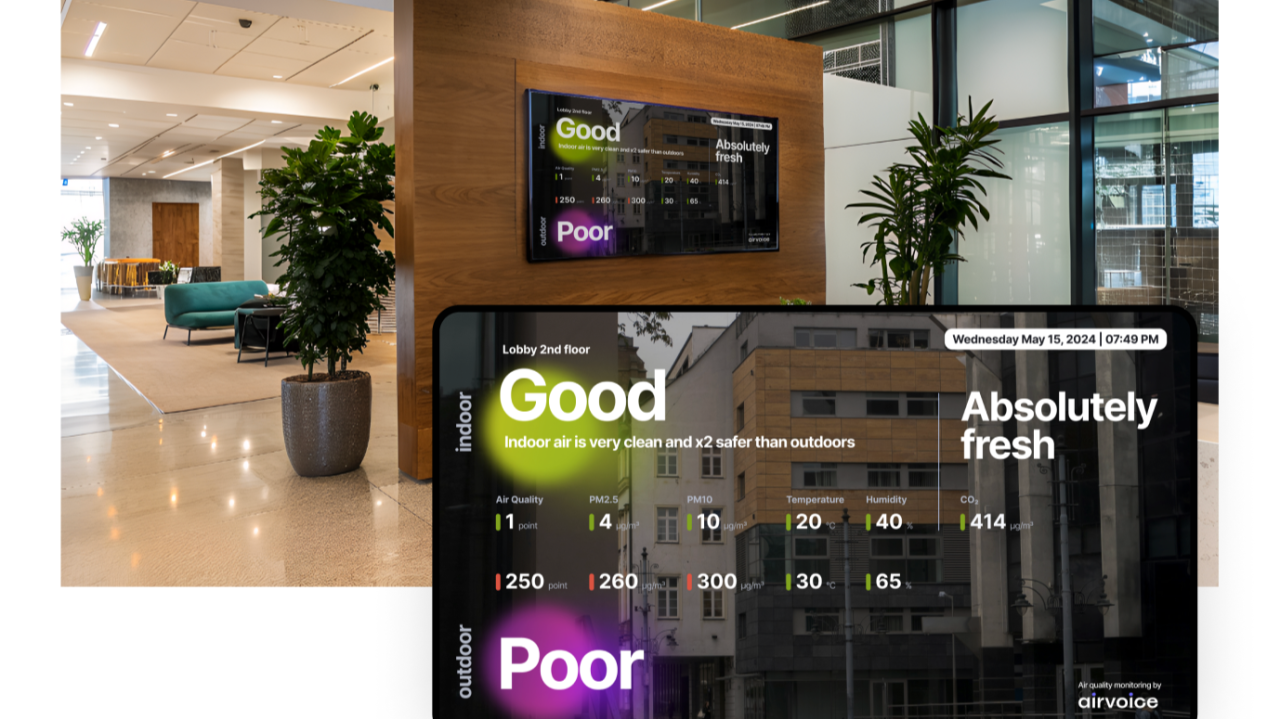A team of researchers from the University of Arizona, Nanyang Technological University, and Airvoice has developed a new algorithm for determining occupancy and the number of people in a room based on CO₂ concentration monitoring data.
Unlike algorithms that rely solely on machine learning, the new algorithm is based on a physical model, which eliminates the need to customize the model for a specific room. Information about human presence is essential for effective demand-controlled ventilation management, helping to reduce a building’s energy consumption for ventilation.
On July 10, the results of a joint research project conducted by a combined team from the University of Arizona, Nanyang Technological University, and Airvoice will be presented at the 2025 American Control Conference (ACC) in Denver.
The team worked on the development of AI-based approaches to automate some of the routine indoor air quality management processes.
The preprint of the scientific paper titled “Physics-Informed Building Occupancy Detection: a Switching Process with Markov Regime” is already available on arXiv.org.
Abstract:
Energy efficiency of buildings is considered to be one of the major means of achieving the net-zero carbon goal around the world. The big part of the energy savings is supposed to be coming from optimizing the operation of the building's heating, ventilation, and air conditioning (HVAC) systems. There is a natural trade-off between the energy efficiency and the indoor comfort level, and finding an optimal operating schedule/regime requires knowing the occupancy of different spaces inside of the building. Moreover, the COVID-19 pandemic has also revealed the need to sustain the high quality of the indoor air in order to reduce the risk of spread of infection. Occupancy detection from indoor sensors is thus an important practical problem. In the present paper, we propose detection of occupancy based on the carbon dioxide measurements inside the building. In particular, a new approach based on the so-called switching autoregressive process with the Markov regime is presented and justified by the physical model of the carbon dioxide concentration dynamics. We demonstrate the efficiency of the method compared to simple Hidden Markov approaches on simulated and real-life data. We also show that the model is flexible and can be generalized to account for different ventilation regimes, simultaneously detecting the occupancy and the ventilation rate.
Research Team:
- Amir Mohammad Esmaieeli Sikaroudi (University of Arizona),
- Boris Goikhman (Airvoice),
- Dmitri Chubarov (Airvoice),
- Prof. Hung Dinh Nguyen (Nanyang Technological University),
- Prof. Michael Chertkov (University of Arizona),
- Dr. Petr Vorobev (Nanyang Technological University)
Description:
The data collected by indoor air quality monitors contains a lot of information beyond simply indicating whether the air is safe and fresh. It is important to be aware of these capabilities in order to avoid compromising privacy. Airvoice is committed to data security, and the algorithms described in the news will be used solely for air quality management purposes, in full compliance with all necessary data protection measures.










